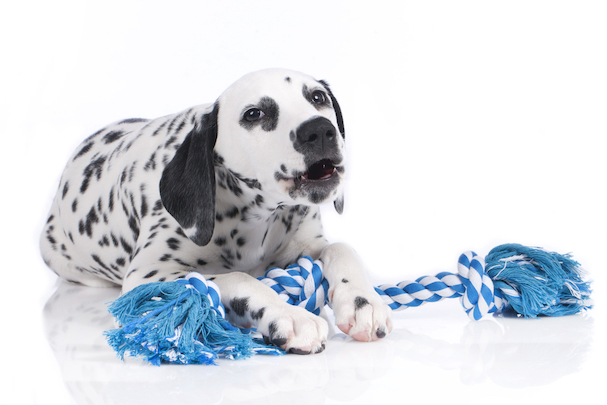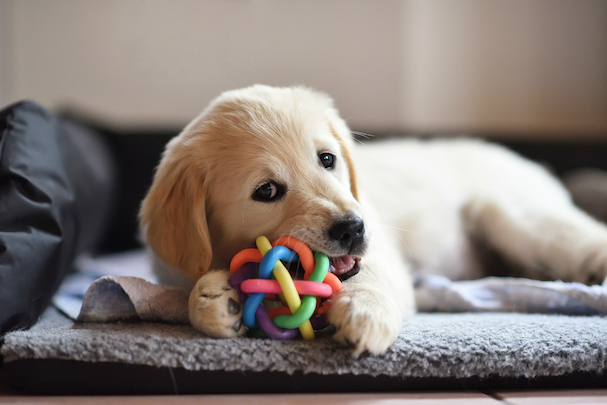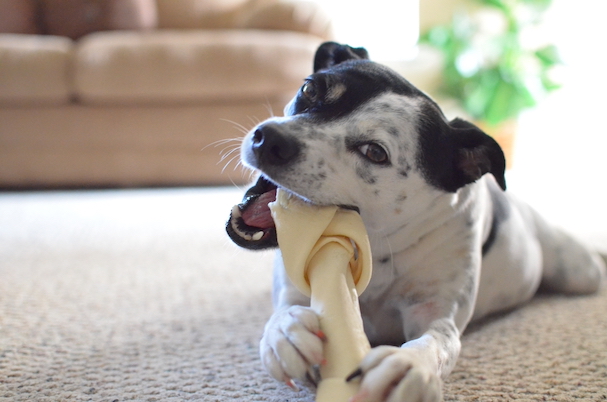Is your dog acting weird or mean when you try to take a toy away from them? They’re probably toy aggressive. Here’s why they are, signs to be aware of, and ways to stop the behavior.
Why
The reason your dog may be toy aggressive is because they have possessive behavior. It’s essentially their natural instinct to protect what’s theirs. They’re letting you or another animal know that they want to be left alone and no one can have that toy.
Signs
Toy aggression signs are pretty much the exact same as the signs for food aggression. I talked about food aggression signs in another article, but I’ll relist them if you haven’t seen them.

- Growling
- Their teeth are showing. Their tongue could also begin to flick out as well.
- Stiffening of the body
- Snapping/lunging out at you or another animal
- Biting
Prevention
It’s important to train your dog to be less toy aggressive, as it could result in you, a family member, or another animal getting hurt.
Commands
First off, it’s best if your dog knows their basic commands, and listens to you well. This way they’ll know to listen when you tell them ‘No’, for example. You can also practice the ‘Leave it’ command.

To perform that command, you can distract your dog with a treat. First, tell them ‘Leave it’. Then tell them to sit right away when they’ve released the toy you’re trying to get. When you have the toy in your hands, give them the treat and praise them.
Other pets
It’s important to note that not every dog likes to share or play with other dogs. If this is the case with your dog, then it’s best to keep your dogs separated, or keep an eye on them, when they have a toy. Make sure they will listen to you when you see one of the signs occurring above. It’s important they know you’re the boss of all the dogs in the house. If they don’t listen to the command you’re giving them, then take the toys away from each dog. I know it may not be fair for one of the dogs, but it will help the aggressive one to understand that what they’re doing is not okay.

If none of the suggested ways work for you, you can always ask your vet for advice and/or look for a professional trainer.

